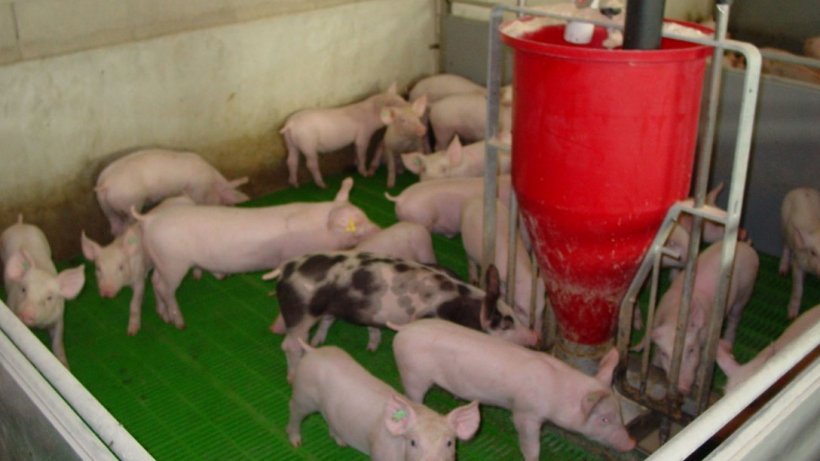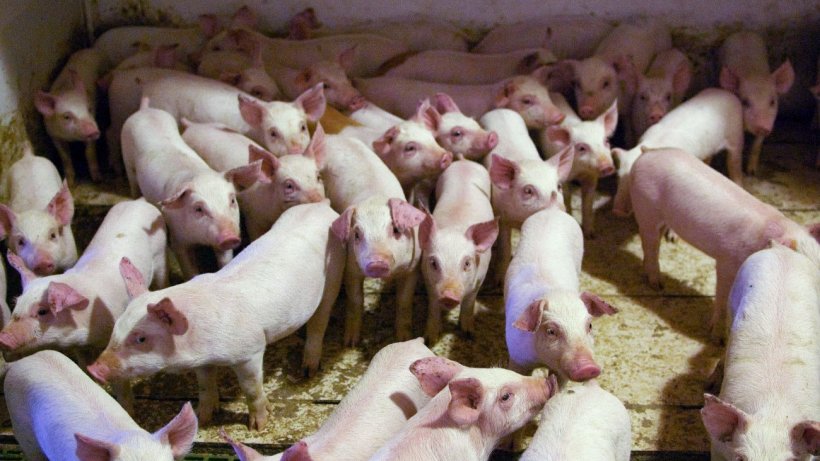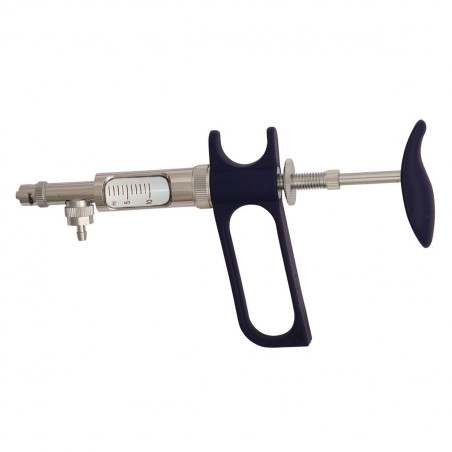One of the most recent changes, and one that most affects this phase, is the one derived from the antibiotic reduction policies that are being implemented in several countries.
Weaning had traditionally been a time in which the preventive use of antibiotics was common practice due to the specific factors that coincide in this phase (Figure 1).


In a series of articles, we spoke with three veterinarians: Patricia Prieto, Lali Coma and Josep Bragulat, about how they are facing this new situation and what measures or protocols are being implemented.
Has the pathology or mortality in the nurseries increased in the last few months?
The 3 authors agree that less than they thought, although for some of them there is a certain increase.
There is a total agreement in that the presence of the PRRS virus, circulating or not, is a determining factor for the good functioning of the nursery. On farms that are stable to PRRS, the reduction in the use of antibiotics is being easier than expected.
Bragulat reports a certain increase in digestive problems since the reduction of antibiotic use in a preventive way but not in the case of other pathologies overall: "For us an essential factor is that we have the PRRS very much under control. We have been working with PRRRS-stable multiplication farms for a long time, working with the vaccination of the sows and the future replacement animals. That means that we do not have a complicated health situation." He points out that "in my daily practice I work in an area where most of my clients are still small to medium farms (less than 800 sows) and that are managed by the owner. Possibly that also explains part of the situation."
Coma reports a similar experience: "One of the keys is to have PRRS under control. Even so, there is a certain increase in digestive diseases and sometimes in meningitis caused by Streptococcus suis.”
In Coma´s view, there is also a certain increase in diseases that apparently were more controlled or were not clinically observed: dysentery, pleuropneumonia, atrophic rhinitis, etc. The reason for this is that antibiotics were preventing clinical signs, although the disease was present. Without their preventive use, in some cases problems appear after many years.
According to Coma's experience, on many farms mortality will rise by around 1% between weaning and finishing. Prieto´s experience is different somehow. Her daily practice is carried out in a high density area, with a large number of large farms under an integration system.
"We have been working for years on the reduction of antibiotics aimed to digestive problems with great success, generally speaking, but in the last few months there have been serious outbreaks of PRRS in the area where I work, which has meant a high increase in problems in the nurseries. Even farms that had not had digestive problems for some time without using any antibiotics affecting the digestive germs, are now suffering them again."
Apart from PRRS, are there other viral diseases that you see frequently in the nurseries, complicating the situation?
Coma states that although they are isolated, some swine influenza cases are being diagnosed at the nursery. Those are farms whose piglets have respiratory symptoms at weaning. These cases respond well to the vaccination of the sows and the vaccination of the piglets while no piglets of vaccinated dams are born.
In her experience, there is not a great increase in problems caused by circovirus. "When I diagnose a circovirus clinical case at the nursery, it is almost always related to a circulation in the farrowing house. Some gilts arrive at the breeding farms poorly immunized against PCV2 and do not confer maternal immunity to their piglets, so they become infected early before the application of vaccines."

Prieto agrees that every year some Influenza cases are diagnosed at the nurseries. In her view, the circovirus cases are not frequent at all nowadays.
In addition to the reduction in the administration of antibiotics, what other factors have an influence on what happens in the nursery stage ?
Coma and Prieto have no doubt that the use of hyperprolific genetics has a direct impact on the functioning of the nurseries (Photo 2).

For Prieto the diagnosis is clear: "The hyperprolificacy allows to increase the production, but in parallel there is an increase in piglet movement, a bigger number of piglets having a poor colostrum intake, there is a lower weight at weaning and, more importantly, more piglets that arrive at the nursery without an adequate physiological age.”
"We are stressing to our integrated farms that they should build more farrowing pens. At least they must have room for 5 weeks of farrowings, they must wean close to 28 days of age and we ask them an average weaning weight of 6 kg."
Coma also has a view on this issue: "We are working hard on the farrowing area: one of the main objectives is to get the sows to nurse more piglets and to make fewer nurse sows. This has a direct impact on the nurseries." We are also implementing improvements at many levels: feeding in the gestation phase and especially new ad libitum feeding systems in the farrowing stage or electronic feeding systems, which greatly improve the sows' consumption and therefore their milk production."
Bragulat gives us a different point of view: "We work with genetic lines that are not so prolific. Our priority is to minimize the cost per kg of meat to the slaughterhouse over productivity. For that we need piglets of good quality at weaning. We assume that our productions are one step below that of other farmers that do use them, but we prioritise having piglets with a good weight and age at weaning."
Conclusions
Summarising, we can conclude that the lower use of antibiotic therapy per se is generating fewer problems than expected. However, there are handicaps regarding health, such as the presence of the PRRS virus, or others of a productive nature, such as the age and weight dispersion associated with increased production, which can lead to a considerable complication in some farms.
In the second article we will focus on how experts are specifically addressing the prevention of digestive problems without using antibiotics such as colistin.





